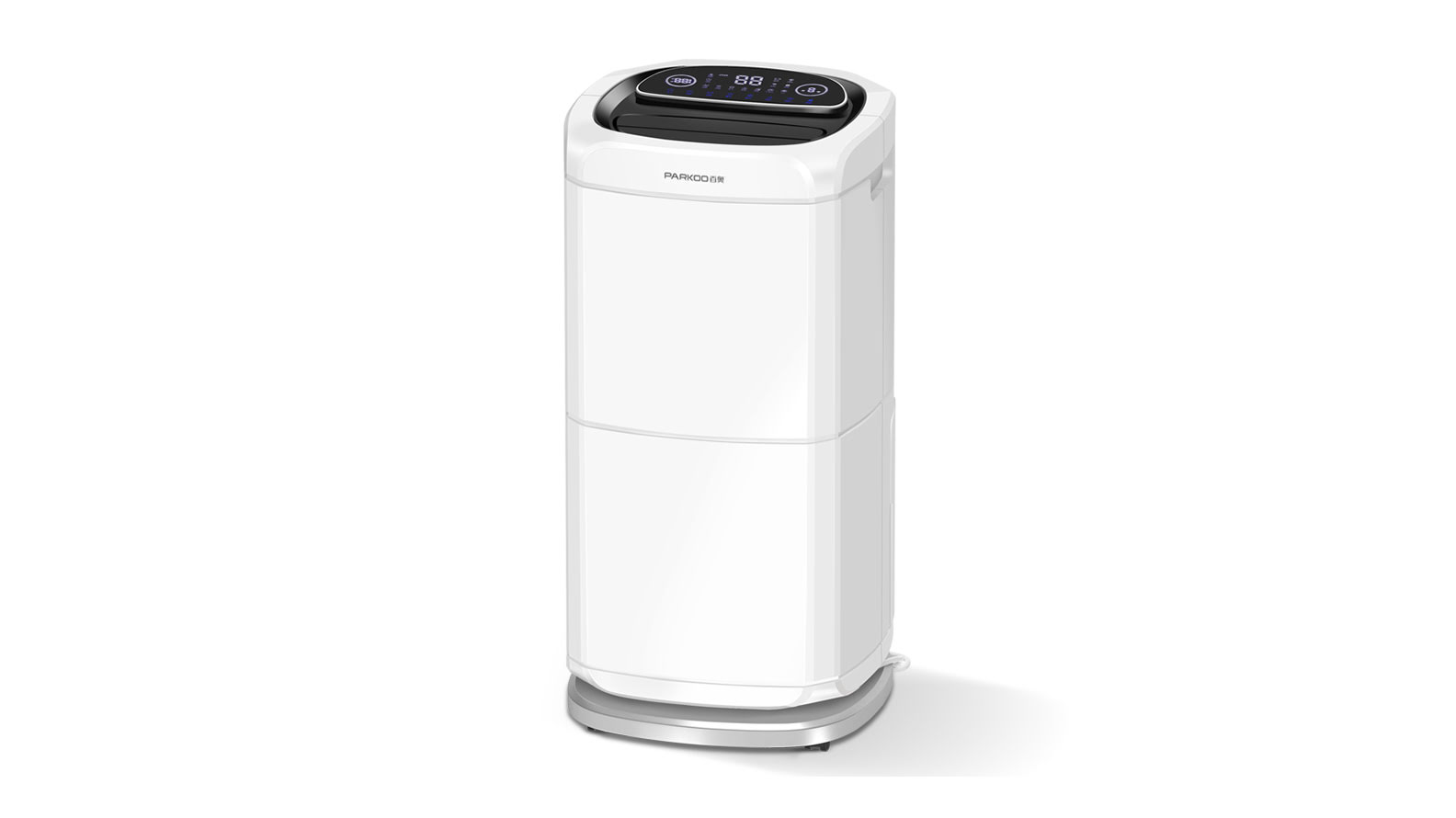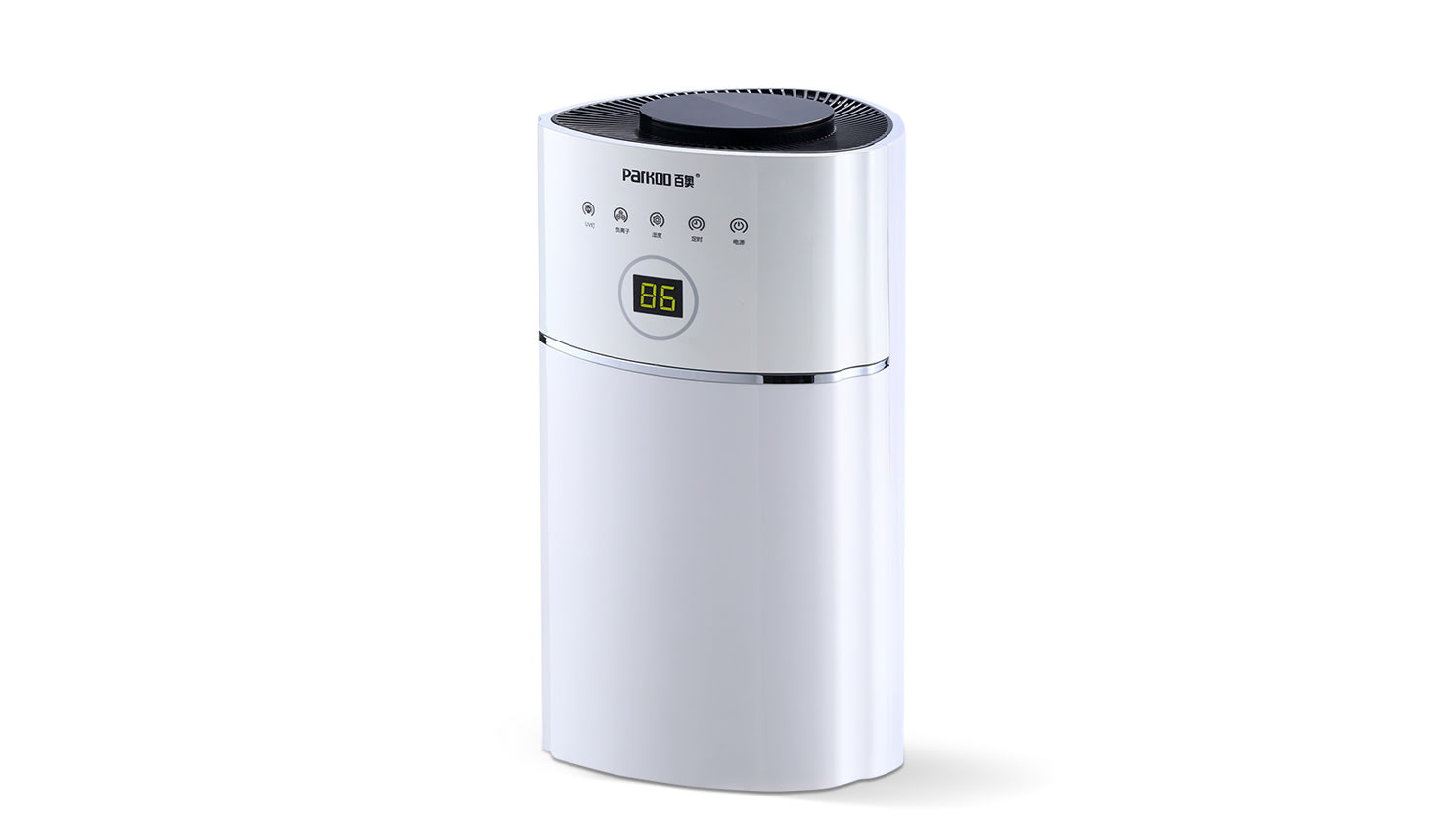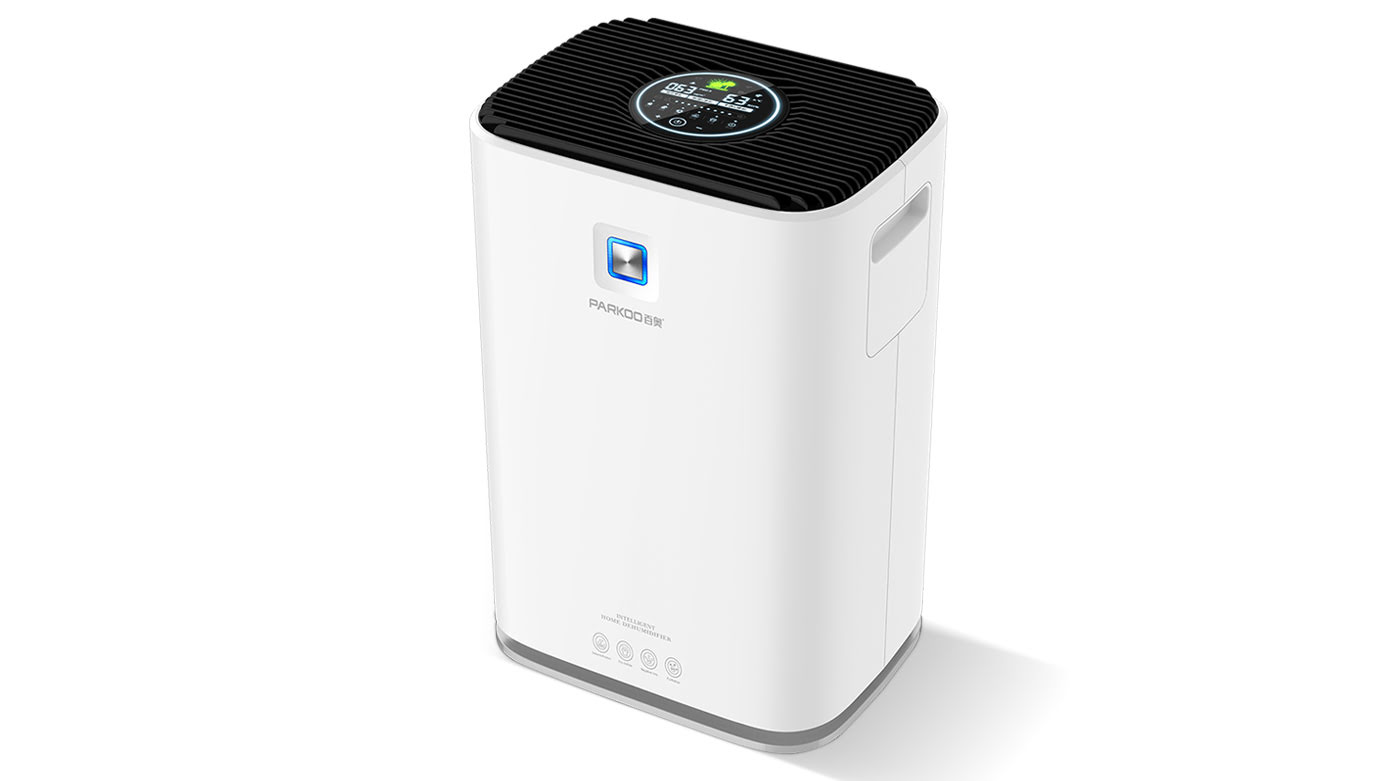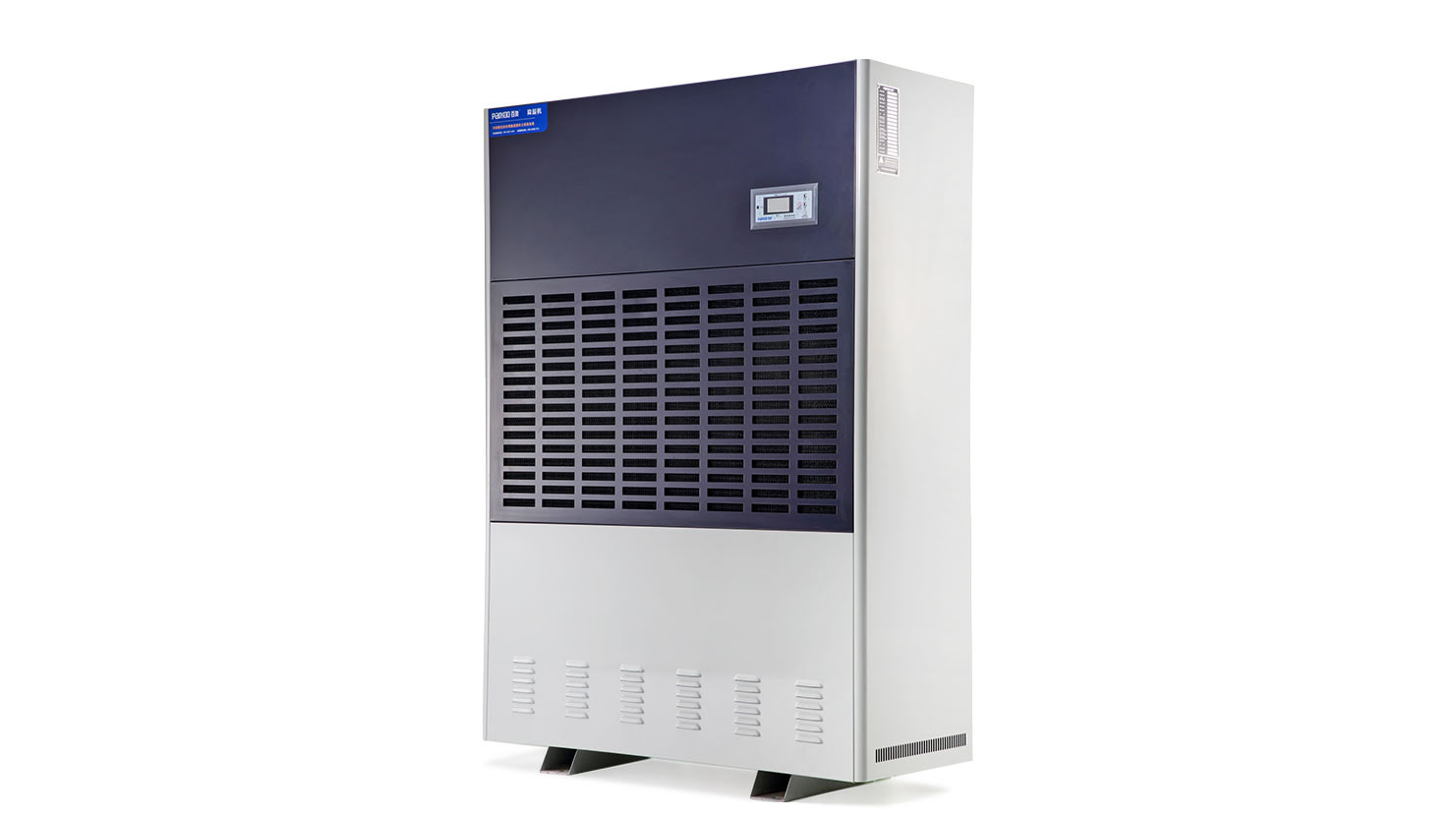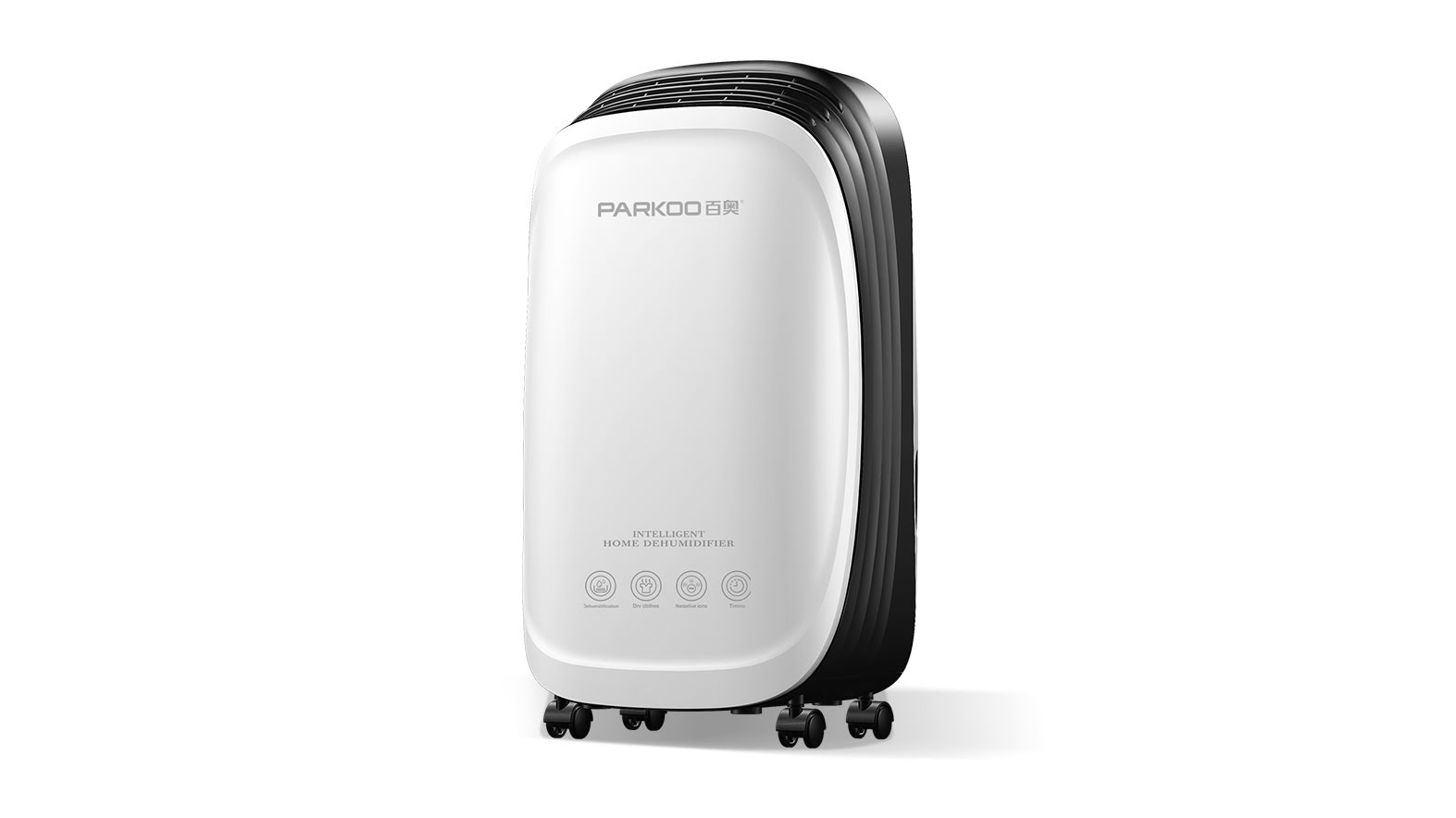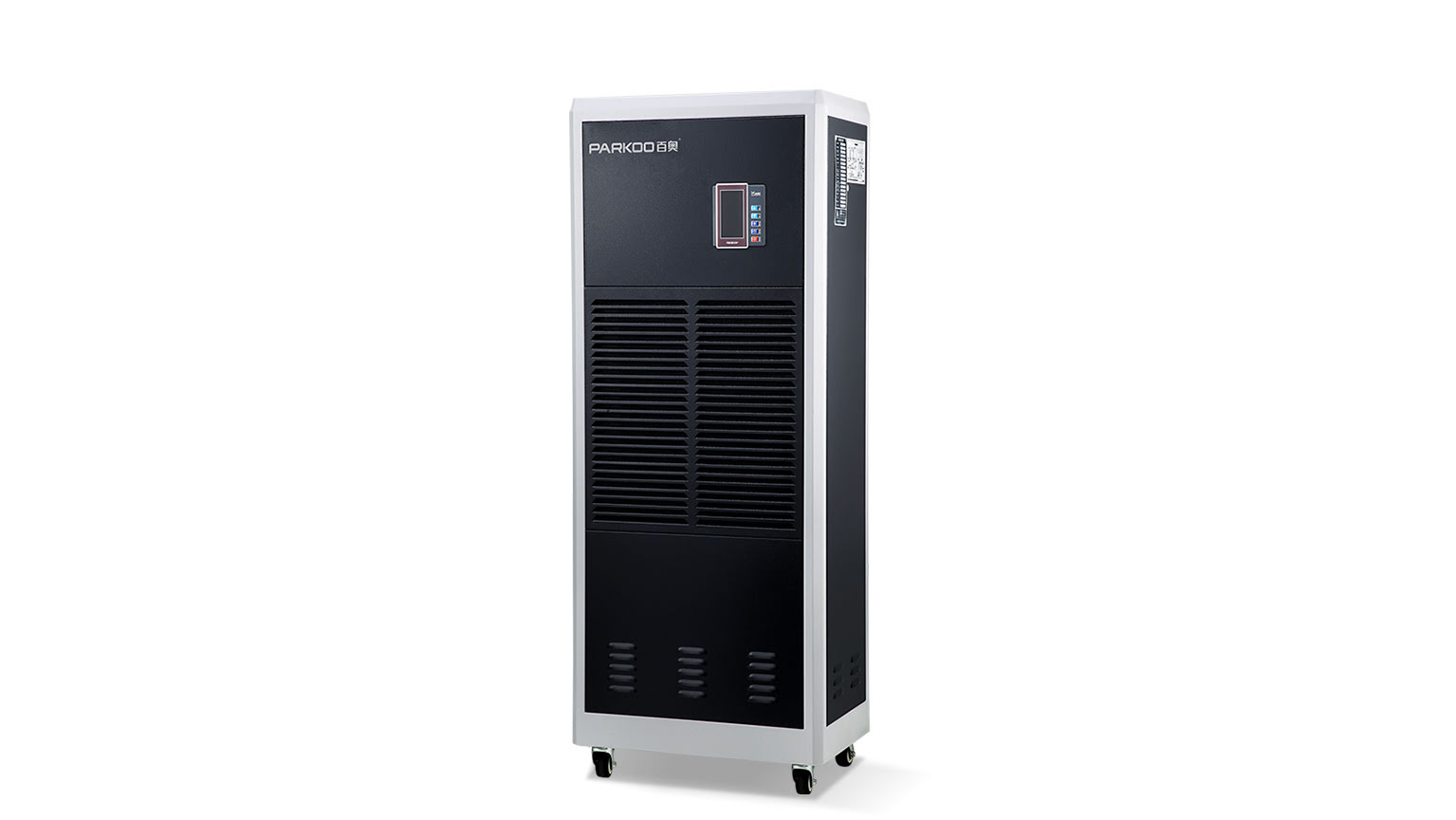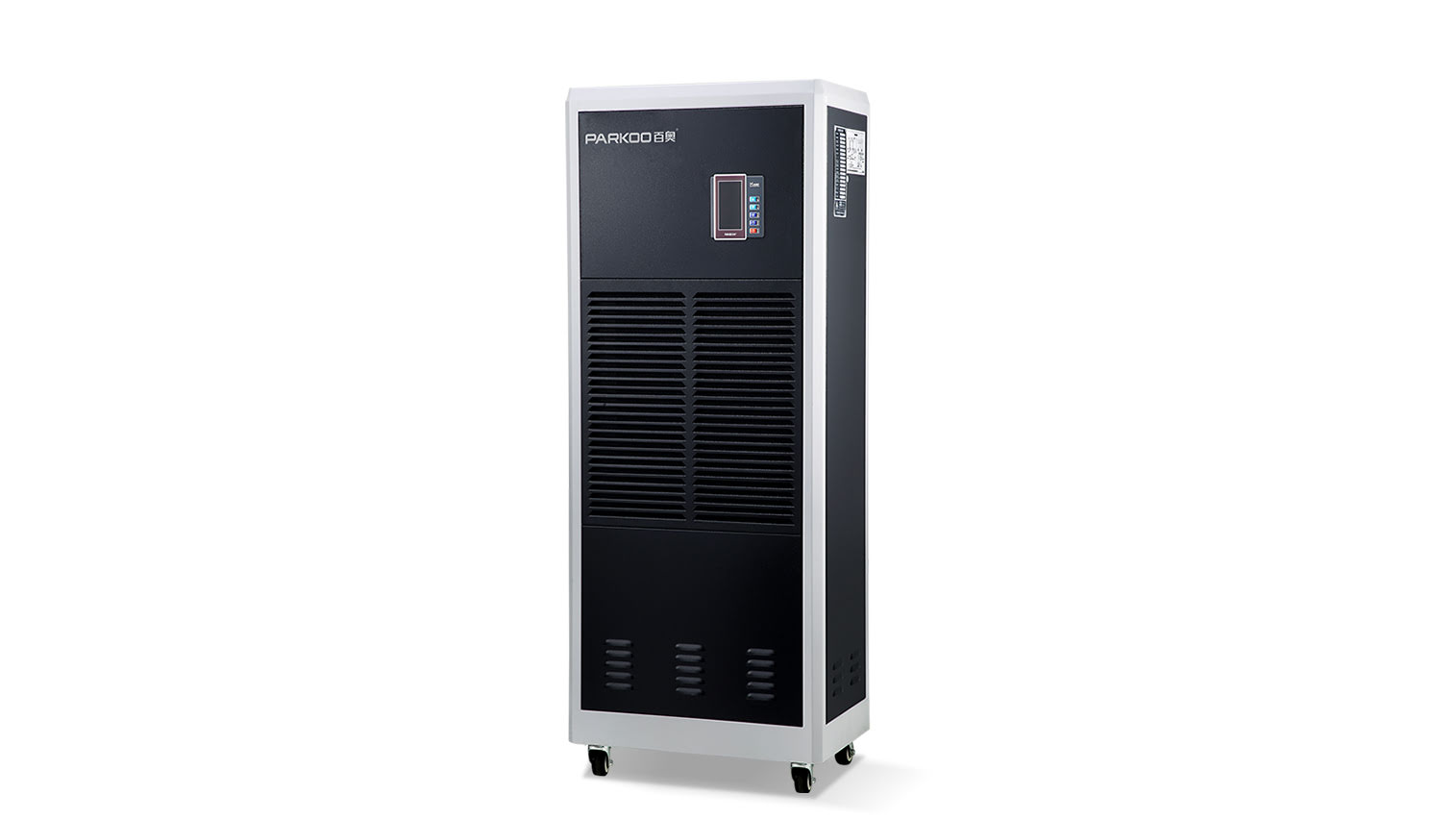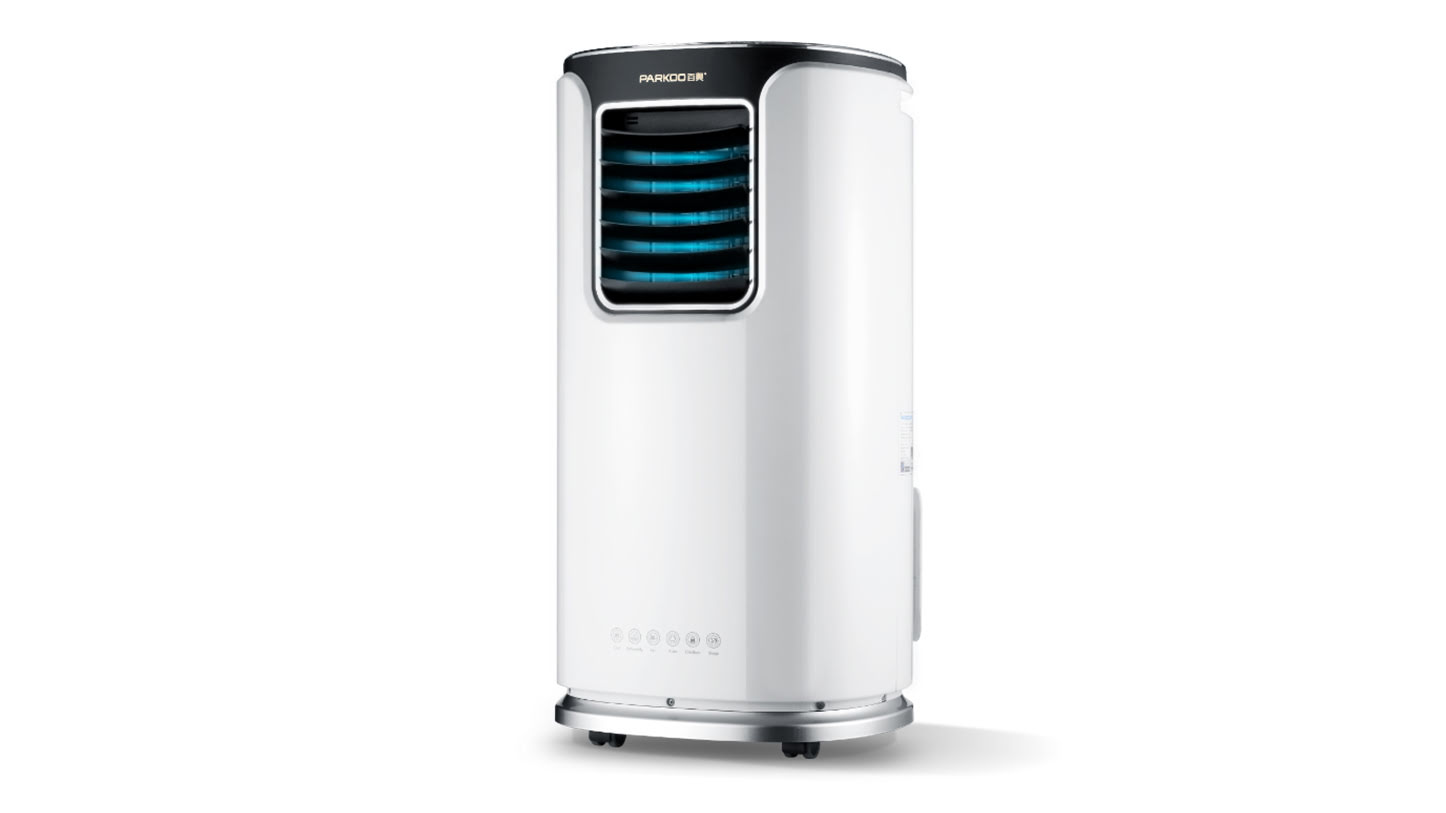Aerosol air disinfectors, one machine at a time, ten thousand "germs" should not be opened. nowaDays, the society has higher and higher requirements for indoor disinfection in hospitals and clinics. BeCause of the variety of viruses, disinfection, sterilization and hygiene have beCome a problem faced by most people. under this demand, aerosol air disinfectors came into being, which can easily achieve dust-free and sterile local space in a shoRT time, Keep Harmful germs and polluted air away from medical staff and patients; Therefore, it can be widely used in the working Environment of medical units, which can Purify the control and hygiene, so that everyone can better work and live in a safe environment
_ Aerosol air disinfector can be used for disinfection and purification of closed space, BIOlogical safety level III laboratory space and surface disinfection and sterilization, and is applicable to major infectious disease hospitals, medical and Health institutions, schools, Airport stations, Restaurants, Hotels, office commUnities, entertainment venues, indoor cinemas, shopping malls, supermarkets, etc
I_ Use of aerosol air disinfector
(1) It is used for disinfection and purification of enclosed spaces
(2) It is used for disinfection and sterilization of the space and surface of the biosafety tertiary laboratory
(3) It is used for indoor environment to quickly kill the air in the closed space, such as the surface of objects and viruses, fungi, molds, spores and microorganisms
II_ The principle of the aerosol air disinfector
uses the Ultrasonic high-frequency oscillation atomization technology. through the high-frequency resonance of the atomizer, the liquid medicine is thrown off the water surface to produce a naturally flowing water mist. The Disinfectant is atomized into fine fog particles with a diameter of 1-10 microns, and sprayed into the space required for disinfection to achieve the effect of killing airborne bacteria and pathogenic microorganisms. Compared with UltravioLet ray, formaldehyde fumigation and other disinfection methods, the effect of sterilization on human body has been significantly Improved
Advantages: the spraying particle size is about 5 microns, and the dry fog is evenly distributed
DisAdvantages: a thin layer of water mist may form on the surface of the space after the completion of spray
III_ Use of aerosol air disinfector
① Aerosol air disinfector cannot coexist with human beings (during sterilization, personnel are required to leave the sterilization area because the sterilization process can thoroughly disinfection and sterilization bacteria, viruses, etc. If it has no impact on personnel, how can it thoroughly disinfection and sterilization viruses, etc.; and the disinfectant itself will cause irritation to nasal mucosa, respiratory tract, etc., so personnel must leave the sterilization area)
② The volume of the disinfection room should conform to the maximum rated disinfection volume of the equipment (to ensure effective disinfection results, and the disinfection effect is affected by the layout of the sterilization area, the equipment layout should be adjusted According to the actual layout)
③ Disinfectants applicable to the equipment include: acidic oxidation potential water, hypochlorite water, 0.2% peracetic acid, 3% hydrogen peroxide, etc
④ The equipment disinfection location and parameter settings should be reasonably arranged according to the disinfection room to ensure the uniformity of the maximum disinfectant distribution
⑤ During equipment disinfection, the air conditioner in the disinfection room should be kept off and the disinfection room should be sealed
⑥ There are Three processes in equipment disinfection,
a. Equipment spraying disinfectant
b. Disinfectant standing for 30-90min
